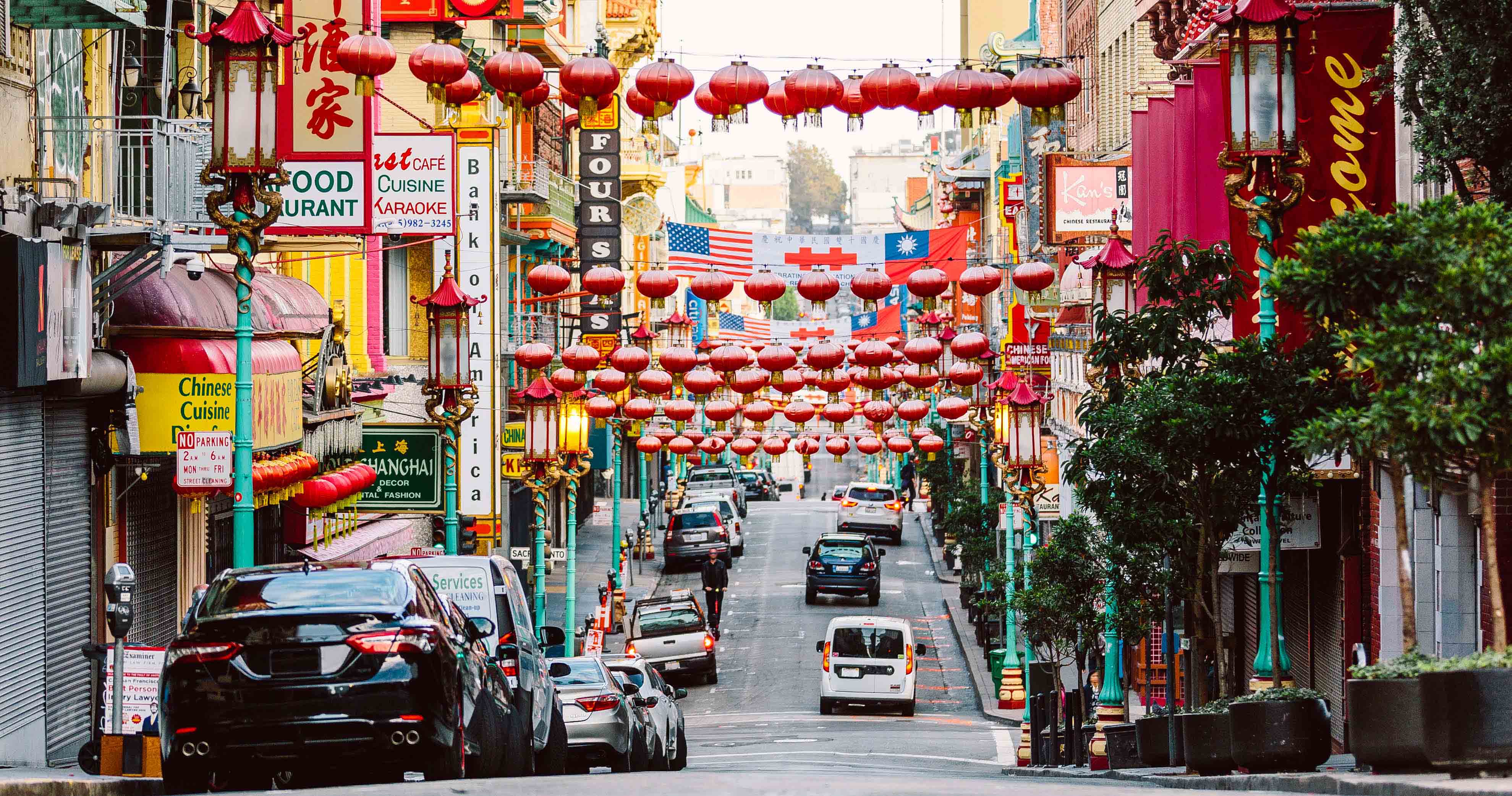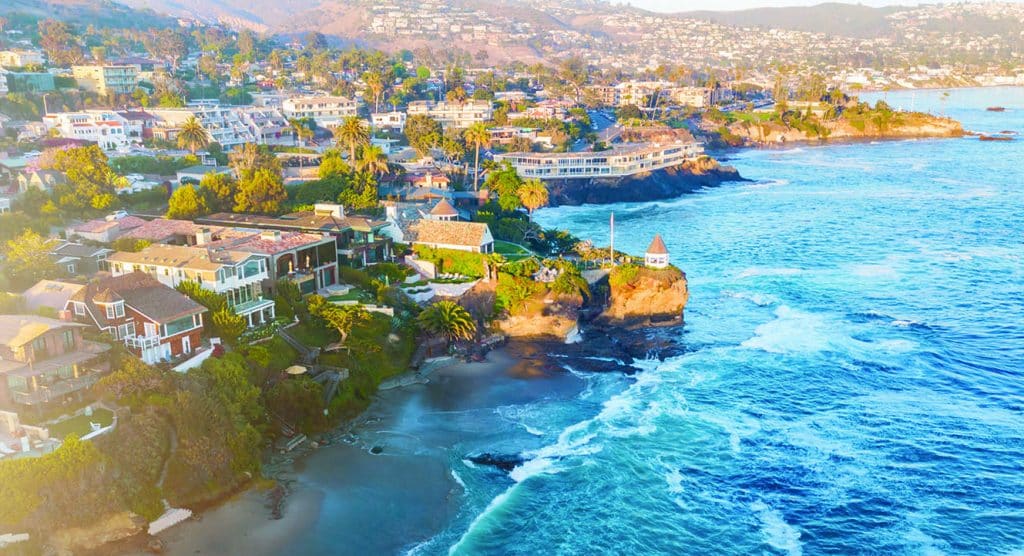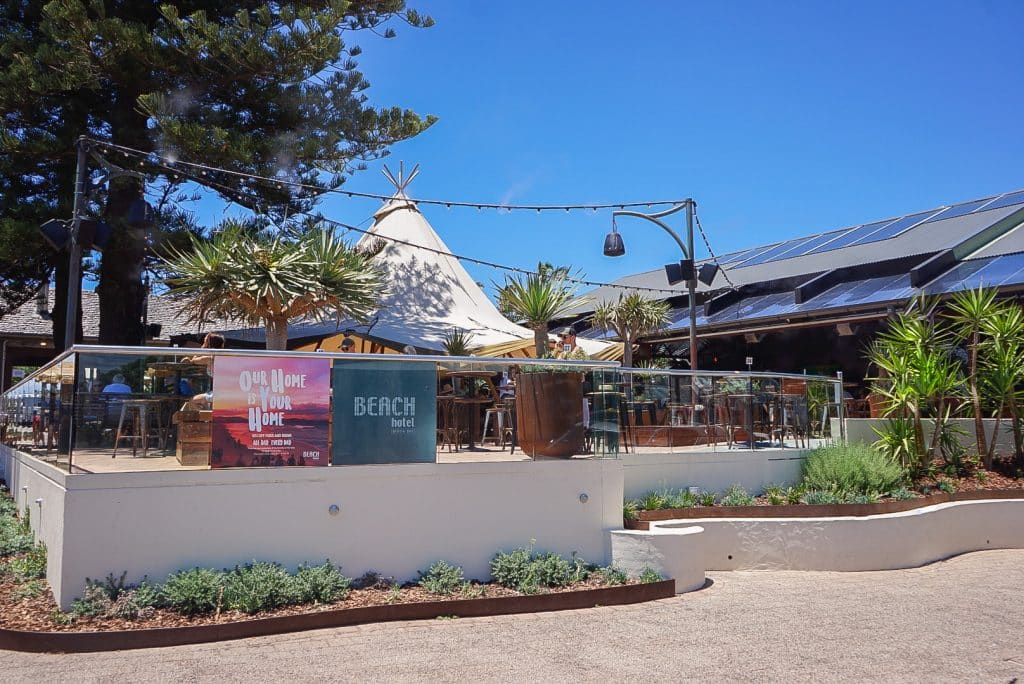
Visitors come to San Francisco to eat. There’s just-caught fish coming in off the piers, espresso brewed from beans roasted on site, fortune cookies folded atop ancient metal plates, and sourdough bread baked with a starter that goes back over a century. After they eat, visitors crest our hills and admire our fog.
My first trip to San Francisco was to see my dad. He cooked up spicy Chinese food in his small Glen Park kitchen before sending me back home to Mom in Los Angeles. I was 11 or 12 at the time, and flying into San Francisco International Airport was as thrilling as traipsing around the city tasting new delicacies.
But who’s traveling these days? Along with every other city, San Francisco’s vibrant restaurant scene is troubled. It’s hard to find a silver lining during this pandemic, but it’s there. In early March, San Francisco restauranteur Doug Biederbeck, owner of iconic restaurants Bix and Florio, was renegotiating the lease for MarketBar, his casual American eatery located in the San Francisco Ferry Building.
MarketBar held an anchor spot in the Ferry Building – a food lover’s paradise – for over seventeen years. It was a stone’s throw from a weekly farmers market that was lauded by chefs, and frequented by tourists and locals alike. Biederbeck didn’t want to shutter the business, “but the landlords were asking for a huge rent increase,” he said. This was mere weeks before Covid-19 required everyone in San Francisco to shelter-in-place.
“I take a certain ironic pleasure in this,” he told me. In the same breath, he expressed regret. “Closing MarketBar was a real loss for me, and my staff. But it would have been one more horrible headache in the midst of this.”
An economic hit
The numbers aren’t good. San Francisco’s travel association estimates that there will be a more than 50% drop in travelers to our fair city in 2020. Spending will plummet too. In 2019, visitors spent $9.6bn. In 2020, it’s projected to be $3.1bn. Hotels, conferences, downtown San Francisco, the airport, independent restaurants, you name it, the economic hit is an equal opportunity bearer of bad news.
But San Francisco is a town that is built on ingenuity. Today, we see it in the countless startups funded by Silicon Valley investors, but the city’s origin was first lit up by the California Gold Rush, a period in the mid 1800s that brought miners, explorers, and entrepreneurs to the area. Almost 300,000 people from the US and beyond made their way to the west coast in hopes of bagging their fortune.
Savvy Chinese merchants operated the majority of the restaurants. In 1885, San Francisco had a dozen Chinese restaurants. In comparison, New York only had six. While the food wasn’t true to the East, the predominantly male workers lined up to grab a bite. This laid the groundwork for the city’s small but thriving Chinatown district located along Grant Street.
In her book San Francisco: A Food Biography, Erica J. Peters tells of ships bringing exotic ingredients from all over the world. The manifest for one Chinese boat in the 1860s included cinnamon, coffee, dried fish, rice, preserved fruit, salted melon seeds, dwarf oranges, ginger, smoked oysters, and tea. “Americans were fascinated by all the different kinds of foods Chinese people ate,” wrote Peters.
World cuisine
This fascination set the stage for our multicultural approach to cuisine. In his book, Ten Restaurants That Changed America, Paul Freedman, a history professor at Yale University, included the Mandarin Restaurant, Cecilia Chiang’s paean to her home country. It served Mandarin cuisine instead of the Cantonese food typical at the time. Chiang opened her first location on Polk Street in 1961. After Herb Caen dined there, he wrote in his newspaper column that Chiang was serving “the best Chinese food East of the Pacific.” That endorsement brought the crowds.
One of the few female restaurant owners at the time, Chiang moved the Mandarin a few times before landing in an understated, modernist address in Ghirardelli Square. The look was serene Chinese temple minus the flash: “No gold. No red. No dragons. No lanterns,” Chiang famously decreed. Her design aesthetic became an template for many future San Francisco restaurants.
Chiang’s ripple effect lasted for decades. PF Chang’s, an Asian bistro with over 300 locations, was opened by her son Philip. (He dropped the ‘i’ in their last name to make it easier for Americans.) And a former chef of Chiang’s opened his take on Chinese cuisine in Pasadena, Los Angeles called Panda Inn; his son went on to launch Panda Express, a QSR with over 2,000 locations.
Chiang died in October. She was 100 years old.
The best ingredients
Along with Chinese food, the city’s culinary heritage was built on pristine ingredients. Nowhere was that more evident than at Chez Panisse – another one on Freedman’s “Ten Restaurants” list. Alice Waters opened her neighborhood bistro in 1971 in an old wooden house in Berkeley. By 1980, Chez Panisse was the most famous restaurant in the country. We owe much to Water’s casual but exacting vision along with the chefs that worked for her. She was a staunch supporter of locally sourced ingredients, daily changing menus and what many like to call “California cuisine,” but Waters preferred to call “Mediterranean” or “New American.”
Regardless, Waters’ landmark restaurant is still open today serving food that has had an overriding impact on San Francisco’s dining establishment. Chefs that worked in her kitchen went on to open their own famed locations including Zuni
Café, Stars, Quince and Foreign Cinema.
With the exception of Stars, which was opened in 1984 by Jeremiah Tower, they are all still operating. Tower, a chef and co-owner of Chez Panisse in the 1970s, wrote of “the powerful synergy between restaurants and freshly harvested ingredients” in his book California Dish.
When we zoom ahead to the aughts, we come to Silicon Valley’s impact on our restaurant culture. Investors looked for passion projects, and their money helped turn up the volume on fine dining. Not only did our restaurants actually get louder, but ambitious chefs found the funding they needed to build out high-end restaurants in spite of astronomical rents. To support their bank loans, and lux ingredient habits – house-cured caviar, grass-fed butter, antelope tartare – chefs opted for opulent tasting menus.
Larissa Zimberoff
Photo: Getty Images




